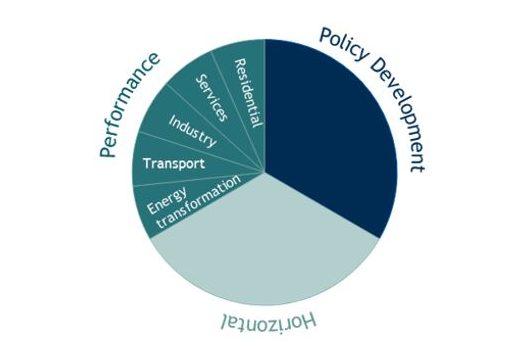- Client: European Environment Agency (EEA)
- Implementation period: January, 2015 - December, 2016 (Completed)
- Geographic coverage: Europe
- Theme: Energy
- Topic:
- Experts: Jessica Yearwood Travezán, Koen Rademaekers
How do we measure the EU’s progress towards its energy savings target?
The EEA currently reports on the progress towards energy efficiency targets of the EU and individual Member States in its annual report on Trends and Projections in Europe. The assessment uses a single distance-to-target path indicator for primary energy consumption. This method has the merit of being relatively simple, but does not provide further insight on the progress done by countries in implementing energy efficiency policies. The main objective of this work was to develop a European index for energy efficiency that allows the assessment of progress in the implementation of mandatory measures under the EED and other policies aimed at reaching the target of a 20% reduction in primary or final energy use at EU level by 2020.
The proposed index consists of country specific indices, as well as individual indicators aggregated into three main components which will also be displayed in dashboards: sectoral performance, policy development and a horizontal index. These are further aggregated into a single index per country and for the EU as whole using a weighting methodology.

The proposed combination of an index and a dashboard of sub-indices and individual indicators allows to:
- Express progress in energy efficiency with one simple figure for the EU as a whole and per country that can be comparable across countries and over time;
- Express progress towards energy efficiency across three different components: policy development, sectoral energy efficiency performance and horizontal index (based on indicators developed for each of the five sectors); and
- Provide even more analysis at sectoral level based on the specific indicators.